Water Quality and Wastewater
A more circular and therefore more sustainable economy requires us to value wastewater for its potential, rather than discard or ignore it. More than just an alternative source of water, safe wastewater management could help protect our ecosystems and give us energy, nutrients and other recoverable materials.
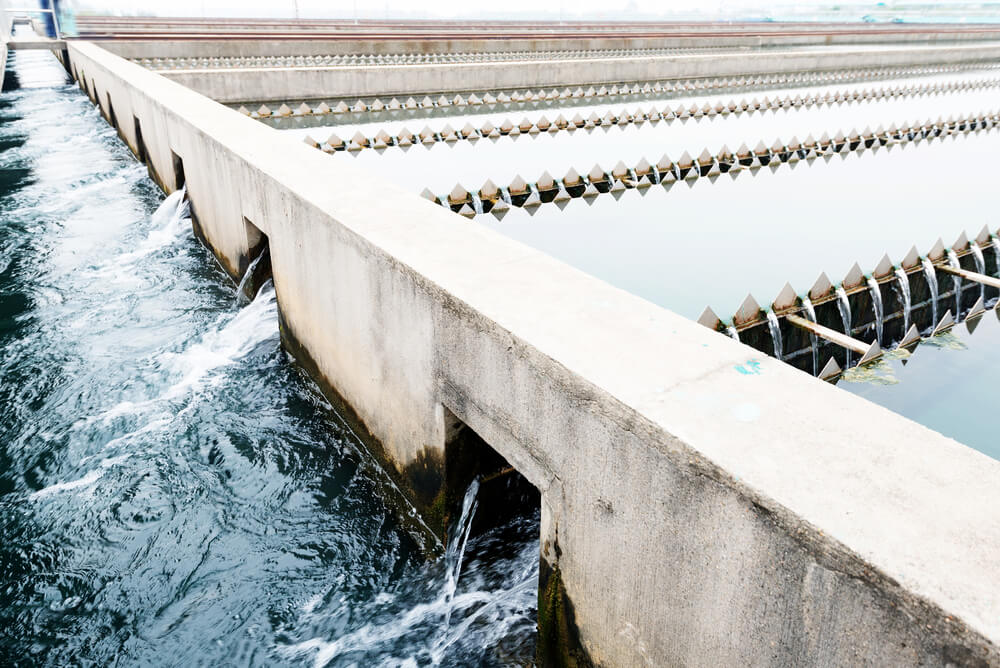
Challenges and opportunities
Water must be carefully managed during every part of the water cycle: from fresh water abstraction, pre-treatment, distribution, use, collection and post-treatment, to the use of treated wastewater and its ultimate return to the environment, ready to be abstracted to start the cycle again. Due to population growth, accelerated urbanization and economic development, the quantity of wastewater generated and its overall pollution load are increasing globally.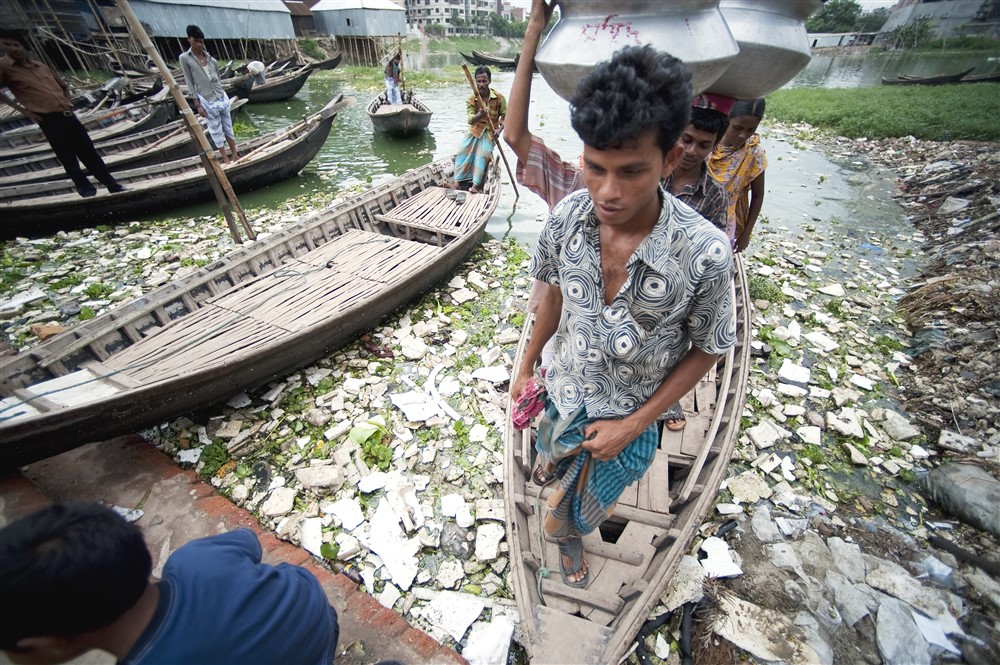
Contaminated water in Karial slum, one of the urban slums of Dhaka, Bangladesh. Photo Kibae Park/Sipa Press
Wastewater and cities
Mainly in low-income areas of cities and towns within developing countries, a large proportion of wastewater is discharged directly into the closest surface water drain or informal drainage channel, sometime without or with very little treatment. In addition to household effluent and human waste, urban-based hospitals and industries such as small-scale mining and motor garages, often dump highly toxic chemicals and medical waste into the wastewater system.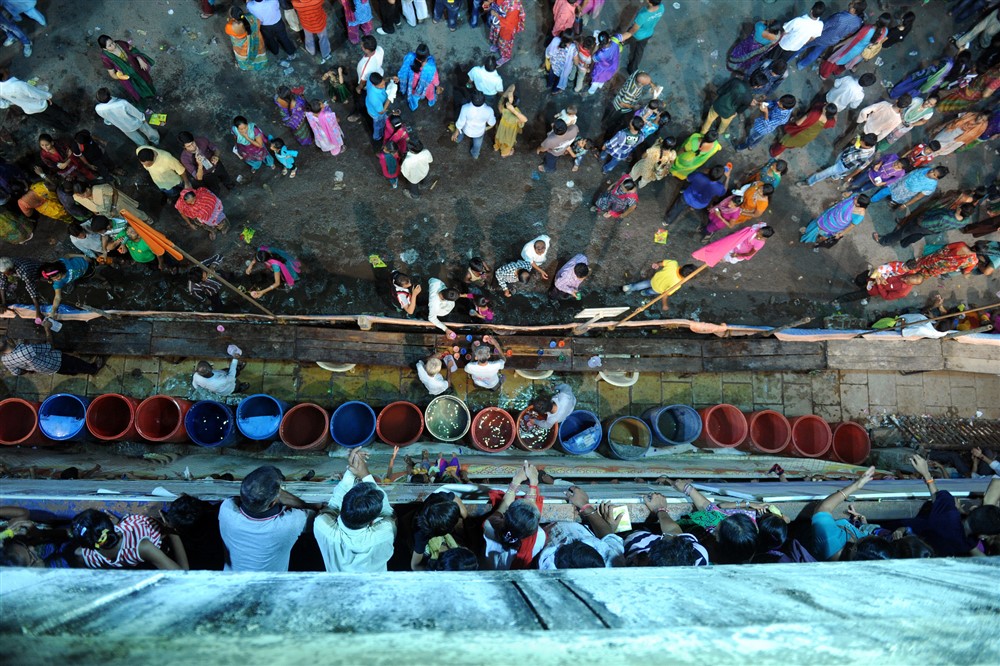
The growth of urban demand for water will require new approaches to wastewater collection and management. Indeed, reused wastewater may help address other challenges including food production and industrial development.
Wastewater and industry
Societal and environmental pressures over recent years have led to a growing movement for industry to reduce its wastewater and to treat it before discharge. Wastewater is now seen as a potential resource and its use, or recycling after suitable treatment, can provide economic and financial benefits. Societal and environmental pressures over recent years have led to a growing movement for industry to reduce its wastewater and to treat it before discharge. Wastewater is now seen as a potential resource and its use, or recycling after suitable treatment, can provide economic and financial benefits.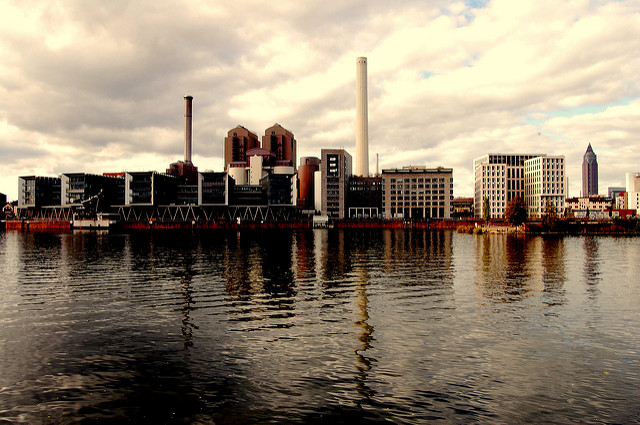
Wastewater and industry. Photo: pguedes via Foter.com / CC BY
Businesses can directly use some wastewater, providing it is fit for purpose. For instance, using process water for cooling or heating, or rainwater from roof collection or concrete aprons for toilet flushing, irrigation or vehicle washing.
Wastewater in agriculture
Partly to help maximise yields to meet demand, usage of chemical fertilizers and pesticides has increased in recent years both in industrial and small farming, making agriculture a potential source of environmental pollution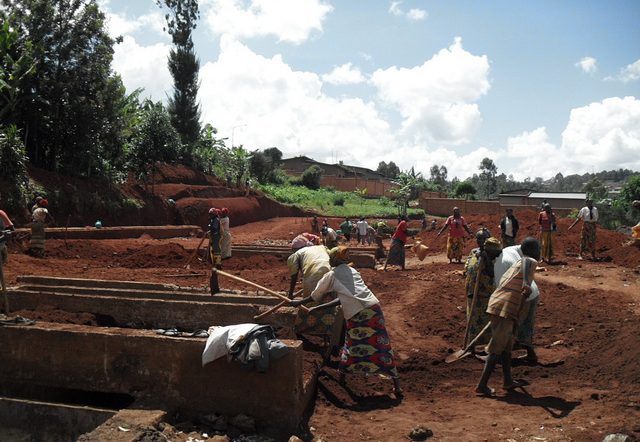
Farmers are increasingly looking into non-conventional water resources, mainly wastewater, whether due to its high nutrient content or lack of conventional water resources
Farmers are increasingly looking into non-conventional water resources, mainly wastewater, whether due to its high nutrient content or lack of conventional water resources. If applied safely, wastewater is a valuable source of both water and nutrients, contributing to water and food security and livelihood improvements.
Links
- UN Environment: Global Environment Monitoring System (GEMS Water)
- UN Environment: Global Wastewater Initiative
- UN-Water (2015): Compendium of Water Quality Regulatory Frameworks: Which Water for Which Use?
- UN-Water (2016): Towards a Worldwide Assessment of Freshwater Quality
- UN-Water Activity Information System: Safe Use of Wastewater in Agriculture
- WHO/UNICEF (2015): Progress on sanitation and drinking water – 2015 update and MDG assessment
- UN Environment: A Snapshot of the World’s Water Quality: Towards a Global Assessment.
- UN World Water Development Report 2017.

